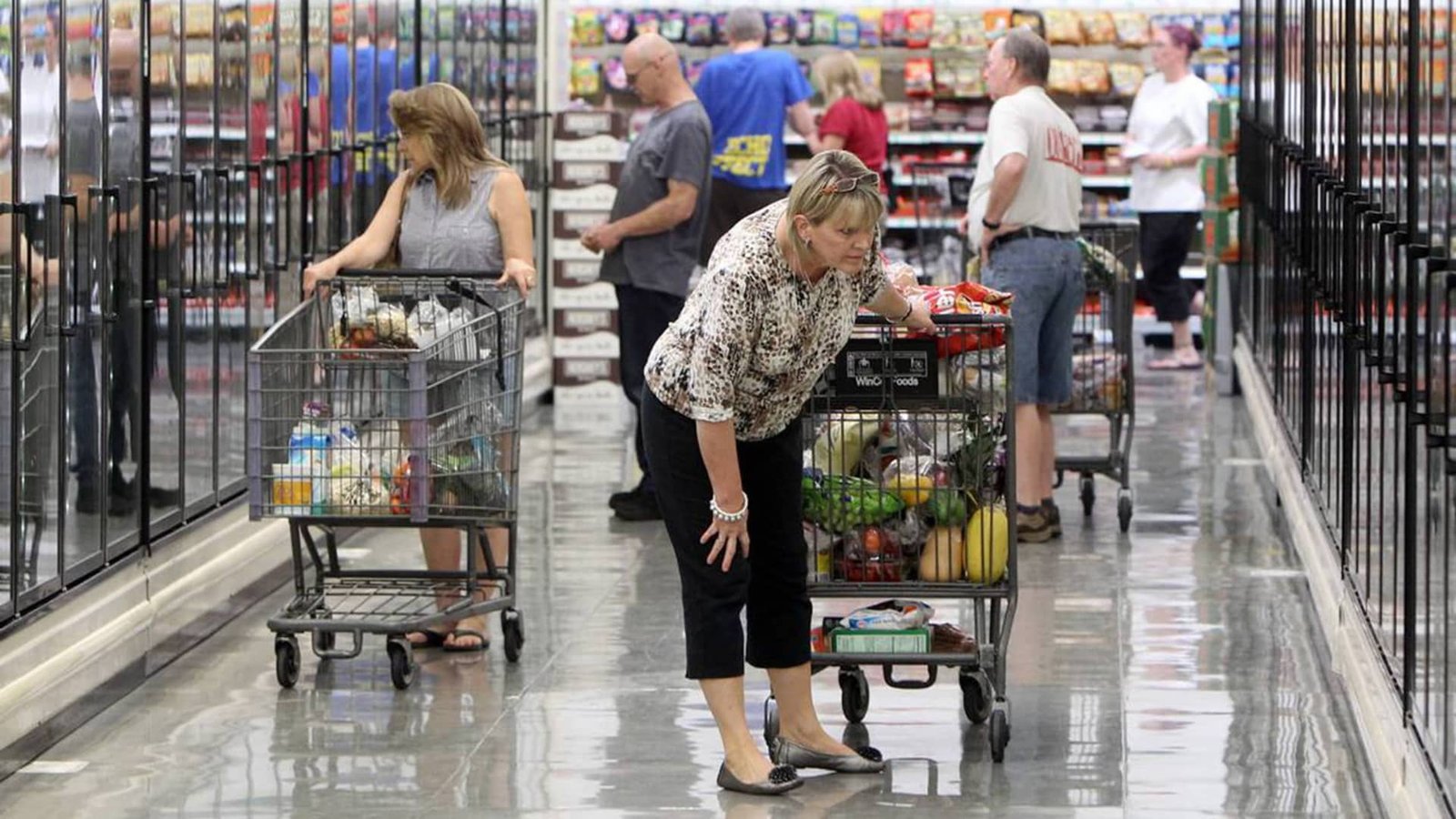The numbers are in, and they’re telling a surprising story. Despite all the hand-wringing about Donald Trump‘s tariffs, inflation data this week came in surprisingly tame. Consumer and producer prices both rose just 0.1% in May, according to the Bureau of Labor Statistics.
So we’re in the clear, right? Not so fast.
Economists are warning this calm before the storm won’t last. Trump’s aggressive tariff strategy is expected to drive prices higher in coming months. The impact just hasn’t hit yet.
Three key factors explain why tariffs haven’t shown up in the data. Companies stockpiled imported goods before the April 2 tariff announcement. There’s also a natural lag time between when tariffs get imposed and when they actually affect consumer prices. And businesses are discovering they don’t have the pricing power they once enjoyed as cash-strapped consumers pull back on spending.
“We believe the limited impact from tariffs in May is a reflection of pre-tariff stockpiling, as well as a lagged pass-through of tariffs into import prices,” said Aichi Amemiya, senior economist at Nomura. “We maintain our view that the impact of tariffs will likely materialize in the coming months.”
But look closer at the data and warning signs emerge. Canned fruits and vegetables jumped 1.9% in May. Roasted coffee climbed 1.2%. Tobacco prices rose 0.8%. Major appliances surged 4.3%, while computers and related items increased 1.1%.
That appliance spike should sound familiar. Joseph Brusuelas, chief economist at RSM, points out it mirrors what happened during Trump’s first round of tariffs from 2018-2020, when washing machine prices soared.
The real test? Consumer behavior.
Americans drive nearly 70% of economic activity. If they keep pulling back on spending, companies may struggle to pass higher costs along to customers. The Federal Reserve’s latest economic report noted some businesses are already hesitant to raise prices.
“We have been of the position for a long time that tariffs would not be inflationary and they were more likely to cause economic weakness and ultimately deflation,” said Luke Tilley, chief economist at Wilmington Trust. “There’s a lot of consumer weakness.”
History backs him up. The infamous Smoot-Hawley tariffs of 1930 helped trigger the Great Depression, many economists believe. Tilley sees warning signs today, with consumers already cutting back on vacations and recreation spending.
The Federal Reserve is watching carefully. Officials plan to wait through the summer to assess tariff impacts before making their next move. Markets expect the Fed to hold off on rate cuts until September, despite cooling inflation and emerging cracks in the job market.
“This time around, if inflation proves to be transitory, then the Federal Reserve may cut its policy rate later this year,” Brusuelas said. “But if consumers push their own inflation expectations higher because of short-term dislocations in the price of food at home or other goods, then it’s going to be some time before the Fed cuts rates.”
The inflation scare isn’t over yet. It’s just getting started.



